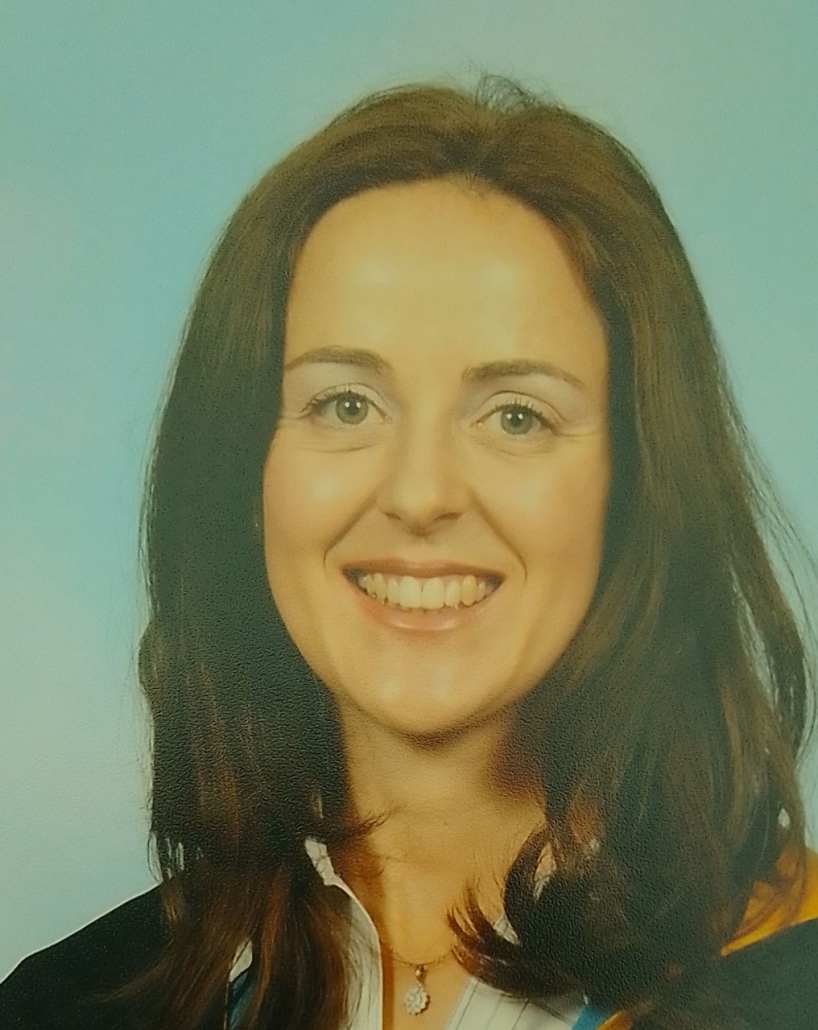Congratulations to Virginia Marin one of our Healthcare Science Innovation Fellows.
Virginia has secured a place on the Topol Digital Fellowship programme – Topol Digital Fellowships (hee.nhs.uk) – to continue working on her Innovation Research Project.
We took the opportunity to talk to Virginia about her current role and what attracted her to the fellowship programme.
What is your Background and Current Role
Virginia is a Physicist with experience of working in R&D, Education and the NHS. She holds a degree in Physics from Complutense University of Madrid. After having completed her MSc in Medical Physics accredited by IPEM (Institute of Physics and Engineering in Medicine), which included practical experience at the Royal Berkshire Hospital, she worked as a Radiotherapy Research Physicist in the Medical Physics Department at Addenbrooke’s Hospital in Cambridge. At Addenbrooke’s, she completed the NHS Scientist Training Programme in Medical Physics, specialising in Radiotherapy Physics and leading towards UK state registration as a Clinical Scientist.
Virginia is currently working as a Proton Therapy Physicist at UCLH in London. Her role includes treatment planning; clinical trials; routine quality control of radiotherapy delivery machines; commissioning dosimetry and imaging equipment; commissioning and implementation of new radiotherapy techniques; and leading various research projects. In addition, Virginia has been appointed as Radiation Protection Supervisor for Proton Beam Therapy, and Physics Representative for the Radiotherapy Safety Group. She is an IPEM Full Member and an Honorary Lecturer in the UCL Department of Medical Physics and Biomedical Engineering.
Could you give us a brief description of the Innovation Project?
The aim of radiotherapy is to deliver radiation dose to the tumour, whilst sparing the surrounding organs and healthy tissue. Accurate contouring of tumour volumes and relevant organs is a very important step in radiotherapy treatment planning. In current practice, this is performed manually, which is very time consuming and subject to variability. The time spent by clinicians on contouring reduces their availability for other tasks and can delay the start of patients’ treatments. This can lead to poorer tumour control probability, and for some patients, reduced probability of survival. Thus, auto-segmentation methods, which can be deployed in the existing workflow, are needed in order to improve contouring consistency, optimise patient treatment pathways and improve patient outcomes, whilst enabling effective use of staff resources.
Virginia’s innovation project consists of the evaluation, adoption and implementation of an artificial intelligence-based auto-contouring tool for photon and proton treatment planning. The adoption and implementation of auto-contouring into the clinical workflow could reduce the clinical workload, improving consistency, efficiency and potentially reducing delays in the patients’ pathway, increasing patient throughput.
What attracted you to the fellowship programme & what are your reflections so far on the experience?
- Protected time to explore artificial intelligence based auto-contouring methods, which can be integrated into the existing workflow, and focus on the deliverables of the fellowship programme and innovation project.
- £15k bursary fund which can be used for patient and public involvement and engagement in the innovation project.
- Potential to streamline clinical workflow, saving staff resources, increasing productivity, and improving patient outcomes.
- Collaborative approach, involving stakeholders throughout the innovation project, and great networking opportunity.




